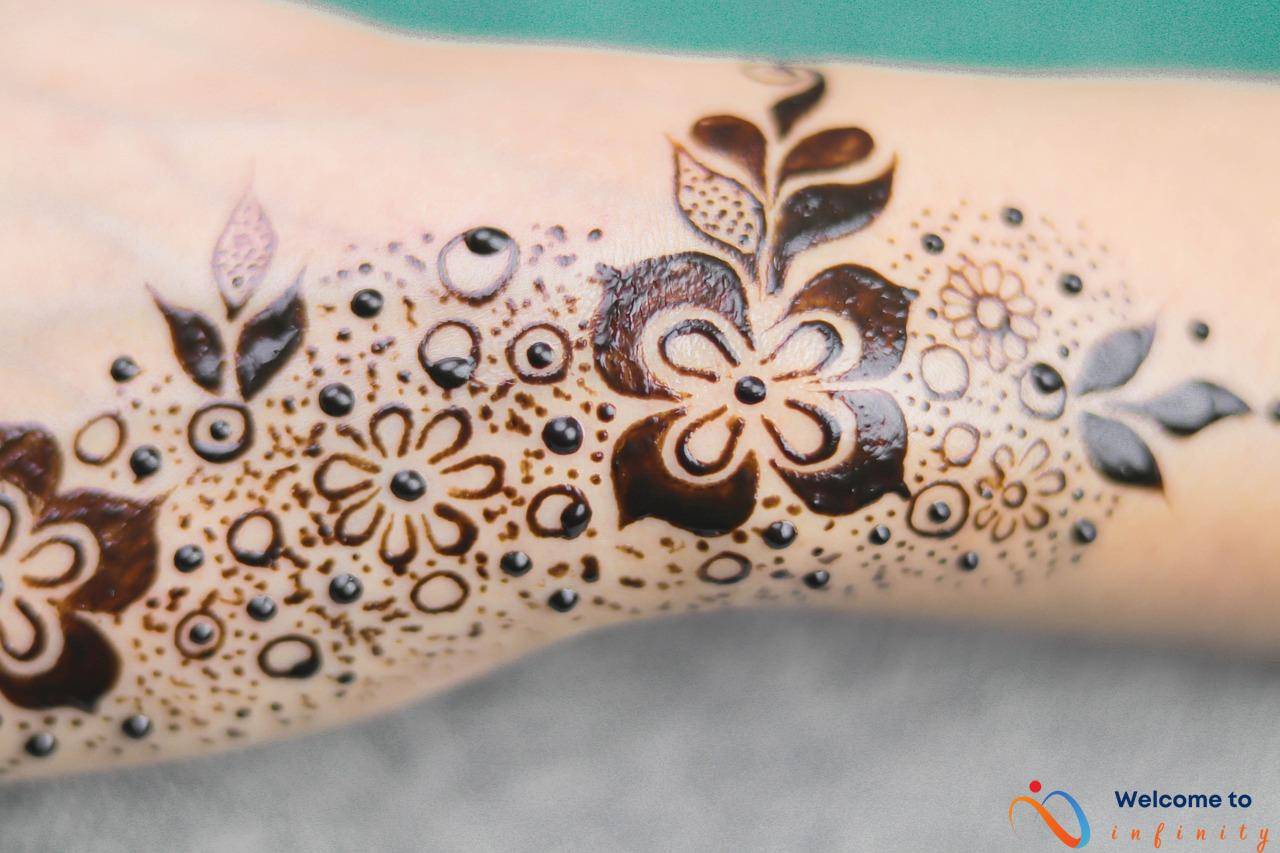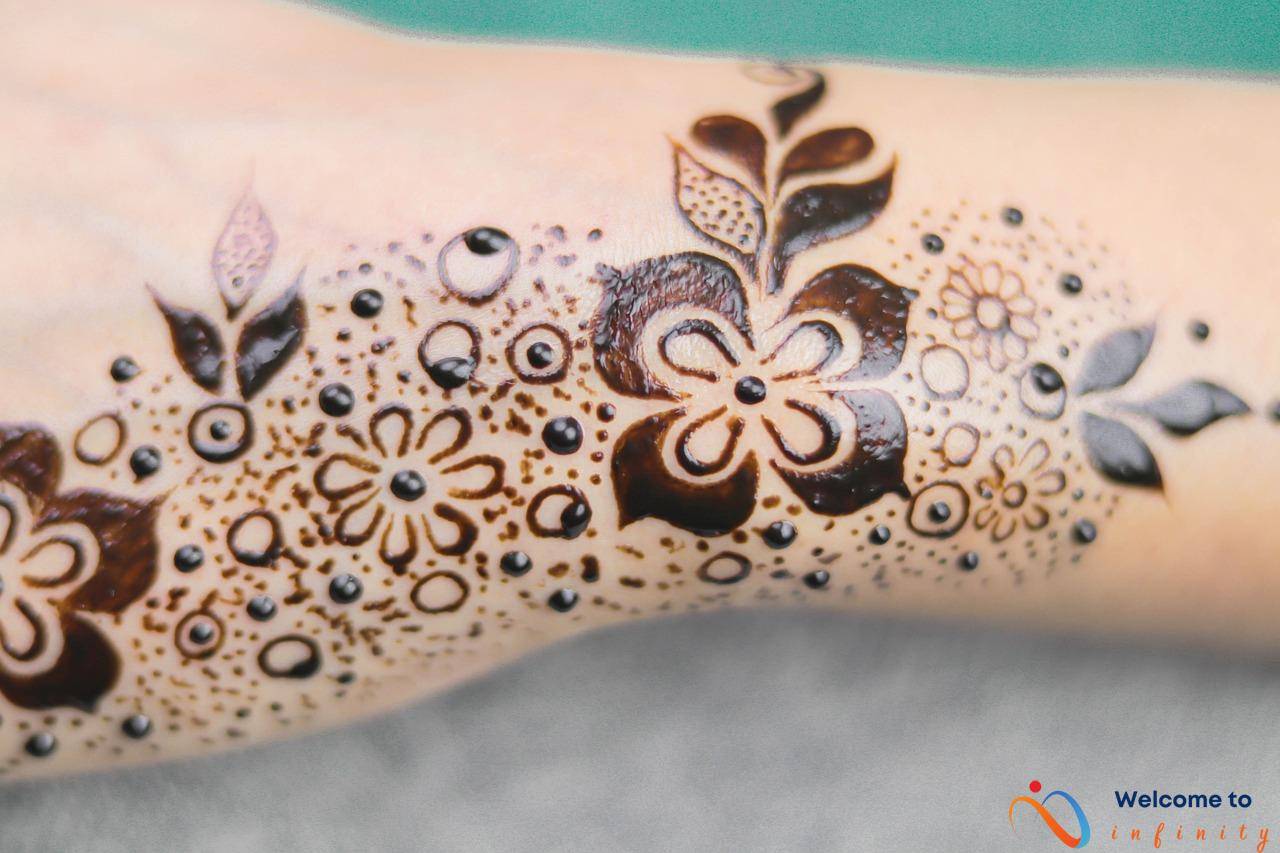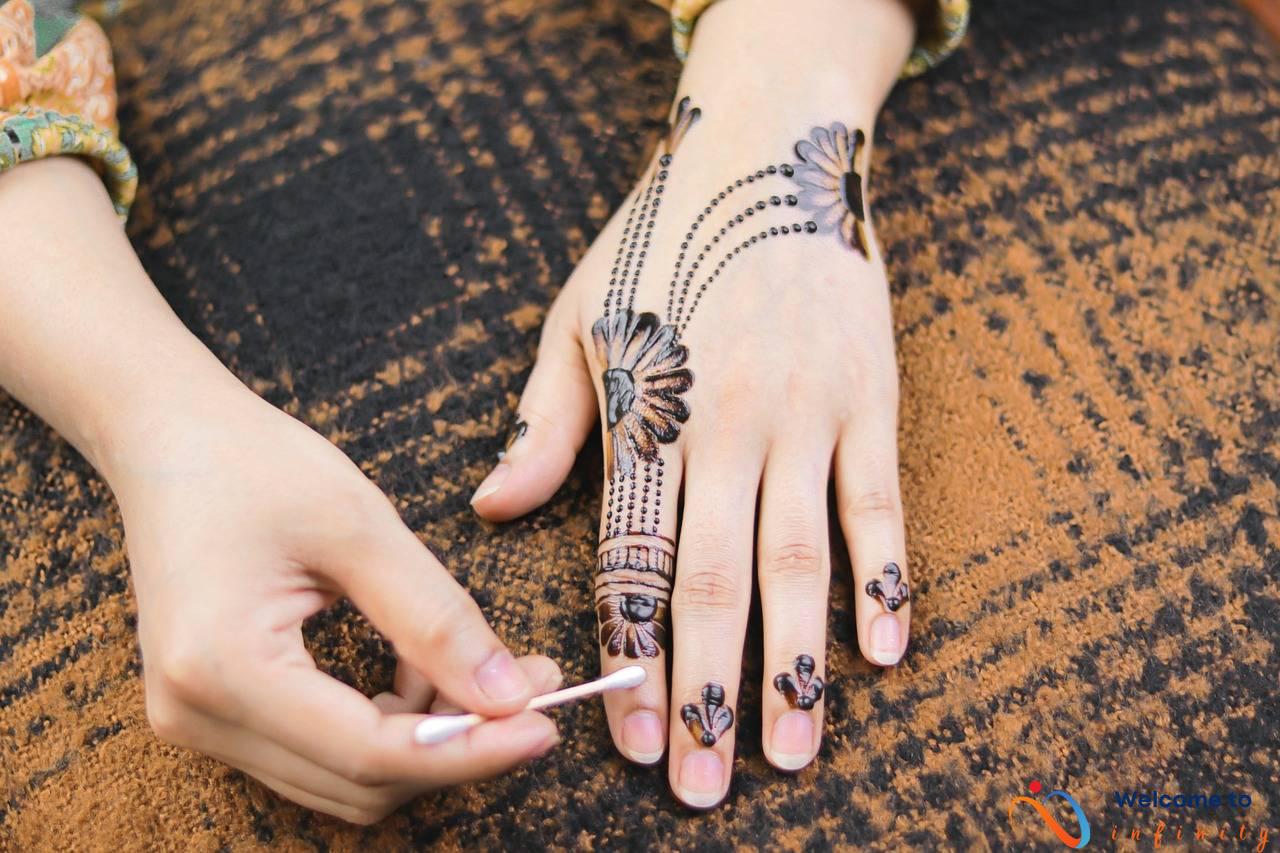tattooing is a form of body art that dates back to ancient times. It has been practiced in various cultures around the world for many different reasons. In some societies, tattoos have personal and spiritual significance, while in others, they are used as a symbol of tribal affiliation or membership. Regardless of the reason, tattooing has always been an important cultural practice throughout human history.
Tattoos have played a significant role in different cultures around the world. For example, in Pacific Islander societies, tattoos serve as a form of identity, status, and honor. In Japan, tattoos represent bravery, spirituality, and tradition. In the Western world, tattoos have become a mainstream form of self-expression, ranging from personal body art to political statements and corporate branding.
Throughout history, tattooing has transformed from a tribal and spiritual activity to a form of mainstream pleasure. However, tattooing is not without controversy and risks. Some cultures consider tattoos taboo, leading to stigmatization of individuals who get tattooed. Additionally, there are health risks and complications associated with tattooing, such as infections, allergic reactions, and scarring. As a result, it is essential to take appropriate measures to minimize the risks and ensure safe tattooing.
The History of Tattooing
Tattooing is an ancient practice with cultural significance across the globe. The first evidence of tattooing dates back to the Neolithic period, about 5,000 years ago. Tattoos were used for various reasons, including rites of passage, tribal membership, and spiritual significance. In ancient Egypt, tattoos were believed to have healing powers, and priests would use tattoos to mark certain individuals for religious purposes.
In Polynesia, tattoos were a symbol of honor and identity. Polynesian tattoos were intricate designs that represented the wearer's genealogy and life journey. For example, Samoan tattoos, known as Pe'a, covered the wearer's body from waist to knee and were a rite of passage for Samoan men. In Papua New Guinea, tattoos were prevalent among tribes for social status and tribal membership. Tattooing was a way of identifying allies and enemies in warfare.
During the colonial era, tattooing became stigmatized in the West and was associated with criminal behavior. It wasn't until the 20th century that tattooing regained its popularity, becoming a form of personal expression. Today, tattoos are widely accepted in Western society and have transformed from a cultural practice to a mainstream activity.
- Chinese culture adopted tattooing during the Ming dynasty, but it was mainly used to mark criminals and slaves with permanent labels.
- Sailors would get tattoos to mark their travels and adventures. They would get nautical-themed tattoos, such as anchors and ships.
- During World War II, tattoos gained popularity among soldiers as a symbol of patriotism and courage. They would often get tattoos of their military branch or specific battles they fought in.
Today, tattooing has become a form of self-expression, from intricate designs to minimalist tattoos. Tattoos are no longer limited to specific cultures or social classes, but rather a personal choice and form of art. However, as with any form of body modification, there are health risks involved, and it's essential to research and find a reputable tattoo artist.
Contemporary Tattooing Practices
Tattooing has come a long way since its ancient roots. Nowadays, tattoos have become a mainstream activity that can hold personal significance for the individual or even serve as a political or branding statement. The meaning behind tattoos can vary from person to person and culture to culture.
Some individuals get tattoos to express their identities or to commemorate special events or people in their lives. Others view tattoos as a form of rebellion against societal norms or even as a way to challenge authority. Celebrities and influencers have also popularized tattoo trends, such as minimalist designs and intricate watercolor styles.
On the other end of the spectrum, tattoos can also be used for more corporate or political purposes. Companies may use tattoos as a form of branding or marketing, while politicians may use them to show support for certain causes or as a way to connect with constituents.
While tattoos have certainly become more socially accepted, there is still some stigma attached to them. Some employers may view tattoos as unprofessional and may require them to be covered up at work. Additionally, certain cultural or religious groups may view tattoos as disrespectful or inappropriate. Overall, contemporary tattooing practices have given individuals more freedom in expressing themselves and have expanded the scope of tattooing beyond its traditional roots.
Tattooing Rituals in Japan
Tattooing in Japan goes back centuries and is steeped in cultural significance. Tattoos, called irezumi, were originally used to mark criminals as an indication of their wrongdoing. However, over time, tattoos started to become a symbol of bravery, spirituality, and tradition in Japanese society.
Today, tattoos are a common sight in Japan, especially among the younger generation. Many people get tattoos as an expression of personal style or identity, while others get them to honor their ancestry or cultural heritage. Despite growing acceptance, tattoos are still banned in some public bathing establishments, like hot springs and public baths. The ban is due to tattoos' association with the yakuza, the Japanese mafia.
The yakuza, also known as the Japanese “mob,” are well-known for their heavily tattooed bodies as a sign of their loyalty to their group. Due to the yakuza's reputation, people who sport visible tattoos are often discriminated against, even if they have no affiliation with the group.
Despite the ongoing controversy surrounding tattoos in Japan, the art form remains deeply ingrained in the country's culture. visitors to Japan can enjoy viewing traditional Japanese tattoo art and even attend tattoo festivals, which showcase the latest trends and techniques in the industry.
Tebori Tattooing Technique
Tebori is a traditional Japanese tattoo technique that has been practiced for centuries. This technique involves using a handheld needle to push ink into the skin, creating intricate and detailed designs. The process is slow and can be painful, but it is worth it for the final result.
The term “tebori” is derived from two Japanese words: “te,” meaning hand, and “bori,” meaning to carve or engrave. The technique involves holding the needle with the fingers and gently pricking the skin with it multiple times. The tattoo artist uses this technique to create individual dots that eventually merge to form a complete design.
What makes this technique unique is that it creates a three-dimensional effect, making the design appear to be raised off the skin. It also produces a distinct look that sets it apart from other tattooing techniques.
Tebori is typically used to create traditional Japanese tattoos, such as dragons and koi fish. The designs are often done in black and gray, but some artists use color as well. This technique requires a high level of skill and precision, and it takes several sessions to complete a large-scale design.
It's worth noting that tebori tattooing is still practiced in Japan, but it's not as common as it once was. Many younger tattoo artists are opting for modern tattooing techniques, which are faster and less painful. However, tebori remains a beloved tradition in Japan, and there are still plenty of skilled artists who specialize in this technique.
In conclusion, tebori tattooing is an intricate and beautiful traditional Japanese tattoo technique that involves using a handheld needle to puncture the skin with ink. Although it is a slow and painful process, the results are stunning and unique. It is a fascinating glimpse into Japanese history and culture, and it's worth exploring for anyone interested in tattoos and traditional art forms.
Yakuza and Tattoos
The yakuza is a Japanese organized crime syndicate with a long history and strict hierarchical structure. It is no secret that the yakuza members are heavily tattooed from head to toe, and these tattoos symbolize their loyalty and commitment to the group's culture. The yakuza tattoos are often intricate and extensive, covering the body with traditional Japanese motifs such as koi fish, dragons, and cherry blossoms.
In the yakuza, tattoos serve as a badge of honor and a way to show allegiance to the group. The intricate tattoos also act as a form of identification, allowing yakuza members to recognize each other instantly. In some cases, tattoos can also indicate the member's rank within the organization. These tattoos are also a way to mark their commitment to the group, as getting a yakuza tattoo is a painful and time-consuming process that requires a significant amount of dedication.
However, yakuza tattoos are not without controversy. In Japan, tattoos are often linked to criminal behavior, and yakuza tattoos are stigmatized by society. Many public establishments such as hot springs and public baths have strict rules against tattoos, and yakuza members are often discriminated against in society.
Despite this, the yakuza continues to wear their tattoos with pride, as it is an essential part of their culture and tradition. In recent years, there has been a growing trend of people getting yakuza-style tattoos for fashion or artistic purposes, although this has been met with mixed reactions from yakuza members and Japanese society.
Tattooing Rituals in Polynesia
The Polynesian islands' tattoos have a deep cultural significance. They are not merely decorative but also carry symbolic value. Tattoos serve as a form of identity, with each design having a specific meaning that represents the wearer's tribe, family, and personal history. Polynesian tattoos also signify social status and honor, with some designs reserved for chiefs and warriors.
The art of tattooing in Polynesia has been around for centuries, and it reflects the indigenous people's way of life. The tattoos are created through a process known as “tatau,” which involves using a sharp tool to cut the skin and insert ink into the wound.
Each tattoo design represents a specific event in the wearer's life journey. For example, a warrior may receive a tattoo after completing a battle or achieving a particular status. The tattoos are often placed in prominent areas of the body, such as the arms, chest, and legs, to showcase the wearer's journey and accomplishments.
Polynesian tattoos are also known for their intricate and geometric designs, which incorporate lines, patterns, and shapes. The tattoos are created freehand, with no stencil or outline, and the artist must be highly skilled in the traditional techniques to create a precise and aesthetically pleasing design.
In summary, Polynesian tattoos are much more than body art; they are a crucial part of the indigenous culture that represents identity, status, and honor. They serve as a map of the wearer's life journey, with each design conveying a specific meaning and story.
Samoa's Traditional Pe'a Tattoo
The Pe'a tattoo, also known as the Malofie, is a traditional Samoan full-body tattoo that covers the wearer's midsection to knees. It is considered as one of the most painful tattoos in the world and is a rite of passage into adulthood for Samoan men. The process can take up to three months to complete and is typically done by skilled tattoo artists known as Tufuga Ta Tatau.
The Pe'a tattoo is a symbol of identity, honor, and respect for Samoan culture. The intricate designs and patterns on the tattoo reflect the wearer's social status, family heritage, and life experiences. The Pe'a tattoo is also believed to protect the wearer from evil spirits and provide spiritual strength and guidance.
The Pe'a tattooing process is a sacred ritual that involves various customs and traditions. Before the tattooing begins, the individual performing the tattoo (Tufuga Ta Tatau) conducts a prayer and makes offerings to the gods. The individual receiving the tattoo must also maintain particular dietary restrictions and avoid certain activities during the tattooing process.
The Pe'a tattoo is still widely revered in Samoan culture. However, in recent years, there has been a decline in the number of young Samoans getting the tattoo due to its painful and time-consuming nature. Additionally, there has been some controversy surrounding the tattoo, with concerns that it may perpetuate gender inequality and social exclusion among Samoan society.









